10 French Films That Define Modern Cinema
French cinema has long been at the forefront of innovation, pushing boundaries and influencing filmmakers worldwide. From the groundbreaking techniques of the French New Wave to modern-day masterpieces, French films continue to shape the global cinematic landscape. These films stand out for their unique storytelling, visual artistry, and ability to evoke deep emotions, making them essential viewing for any film enthusiast.
This post may contain affiliate links, which helps keep this content free. Please read our disclosure for more info.
The 400 Blows (1959) – François Truffaut
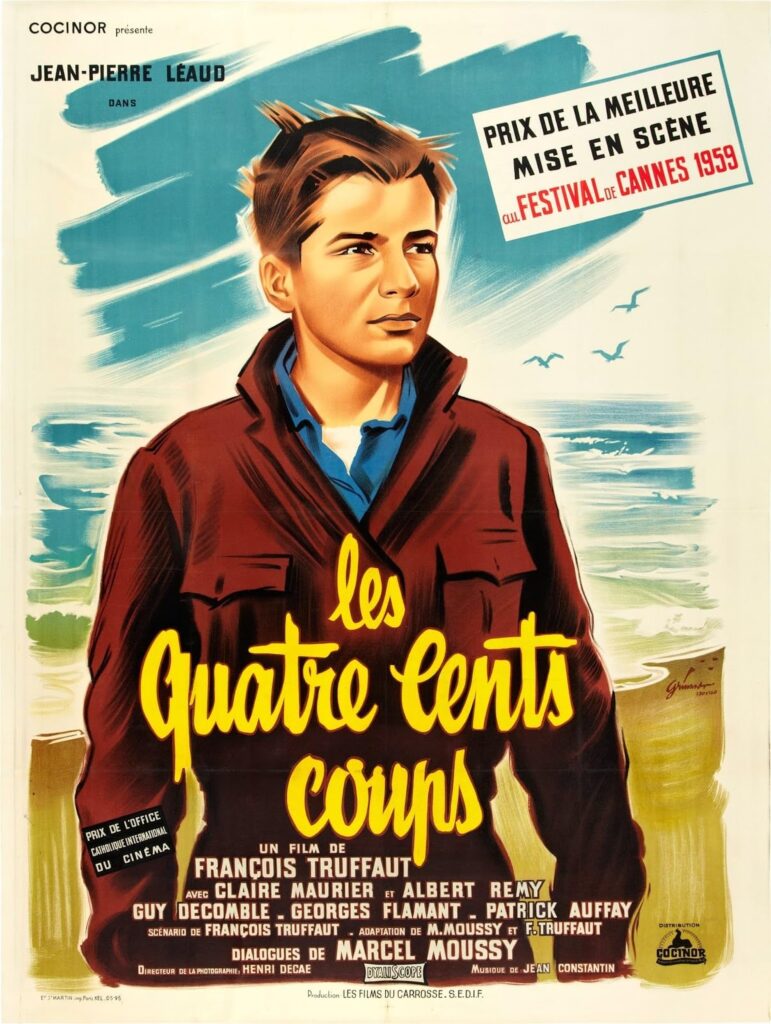
The 400 Blows is one of the cornerstone films of the French New Wave. François Truffaut’s semi-autobiographical portrayal of Antoine Doinel, a troubled adolescent in Paris, presented a raw, unflinching look at the complexities of youth. What set it apart from conventional cinema at the time was its commitment to realism, which Truffaut achieved by using non-professional actors and shooting on location rather than in studios. This approach was a sharp departure from the stylized, controlled cinema of the 1950s. The film’s intimate, character-driven story, paired with its innovative visual techniques, made it an instant classic.
Truffaut’s use of natural light, dynamic compositions, and the famous tracking shot at the end of the film left a lasting influence on both European and Hollywood filmmakers. The film’s open ending, which shows Antoine running towards an uncertain future, broke away from traditional narrative resolutions and reinforced its focus on the unpredictability of life. It became an influential work for directors around the world, helping establish modern cinema’s shift toward personal, human-centered storytelling.
Breathless (1960) – Jean-Luc Godard
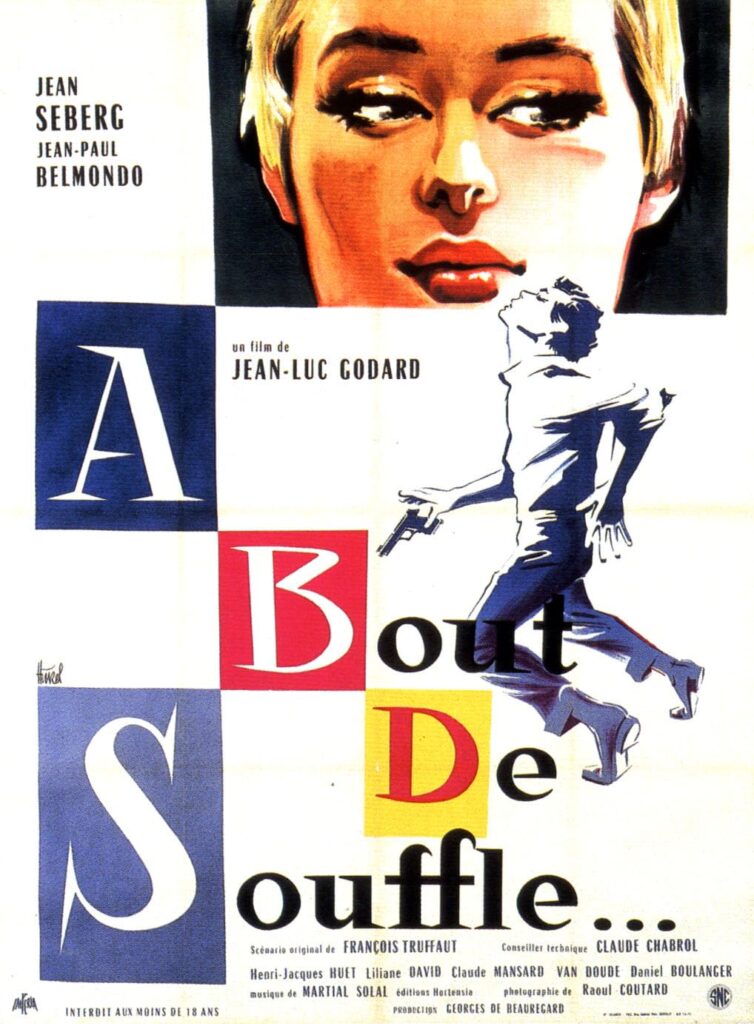
Jean-Luc Godard’s Breathless is a revolutionary film that challenged cinematic conventions, forever changing how filmmakers approached editing, narrative structure, and character development. Godard’s decision to use jump cuts, which break up time and space within a scene, gave the film an energetic and fragmented feeling, defying traditional continuity editing. The film’s mix of naturalistic and stylized acting, along with its bold use of location shooting, helped break down the boundaries between reality and fiction. Breathless also blurred the lines between genres, combining elements of film noir and romance in a way that was unheard of at the time.
This innovative approach to storytelling, combined with Godard’s emphasis on breaking the fourth wall (particularly in scenes where characters speak directly to the audience), brought a new sense of freedom to cinema. Godard’s focus on youth, rebellion, and the exploration of existential themes resonated with filmmakers worldwide, and his work became synonymous with the avant-garde style of the French New Wave. Breathless remains a touchstone for directors seeking to push the boundaries of traditional filmmaking.
Amélie (2001) – Jean-Pierre Jeunet
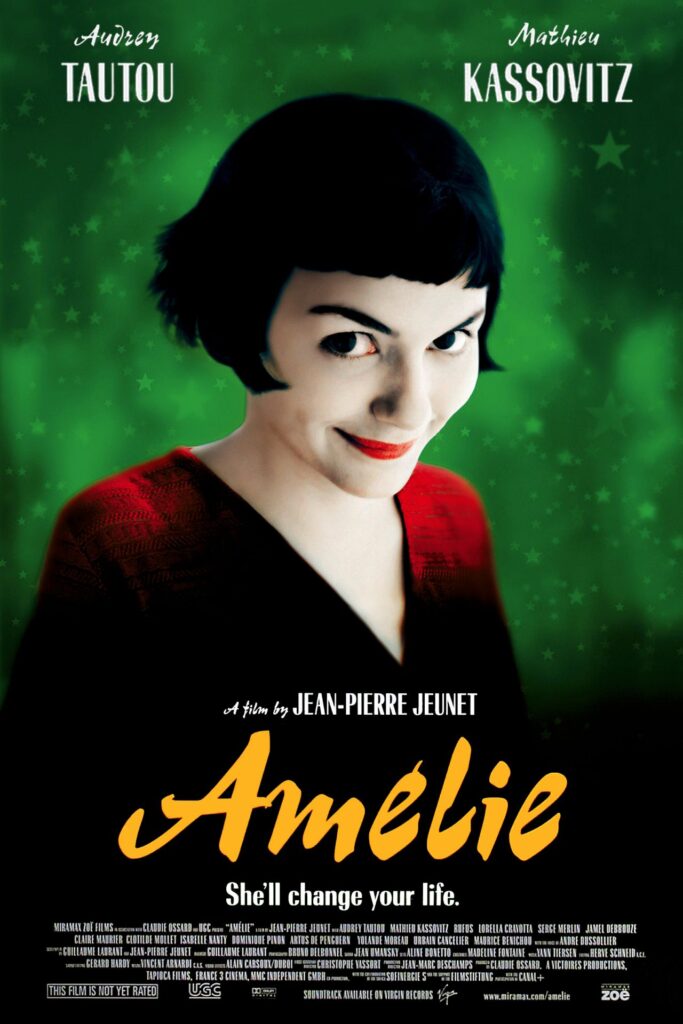
Amélie by Jean-Pierre Jeunet is one of the most beloved films to come out of France in the 21st century, known for its visually striking style and heartwarming narrative. The film centers on Amélie Poulain, a shy young woman in Paris who takes it upon herself to improve the lives of those around her while grappling with her own feelings of loneliness and self-discovery. What makes the film so captivating is its use of vibrant colors, particularly reds and greens, which evoke a sense of magic and fantasy. Jeunet’s whimsical visual style, combined with the playful and surreal elements of the storyline, created an unforgettable atmosphere that captivated audiences around the world.
The film’s narrative structure, which intertwines Amélie’s personal journey with the lives of those she touches, is both intricate and tender. The quirky, endearing characters she interacts with and the way the story unfolds in a non-traditional manner helped redefine the romantic genre. Amélie was a massive international hit, bringing French cinema to a broader global audience and influencing filmmakers interested in creating visually-driven, emotionally resonant films. Its blend of romance, comedy, and fantasy has inspired numerous films, cementing Amélie as a classic in modern cinema.
La Haine (1995) – Mathieu Kassovitz
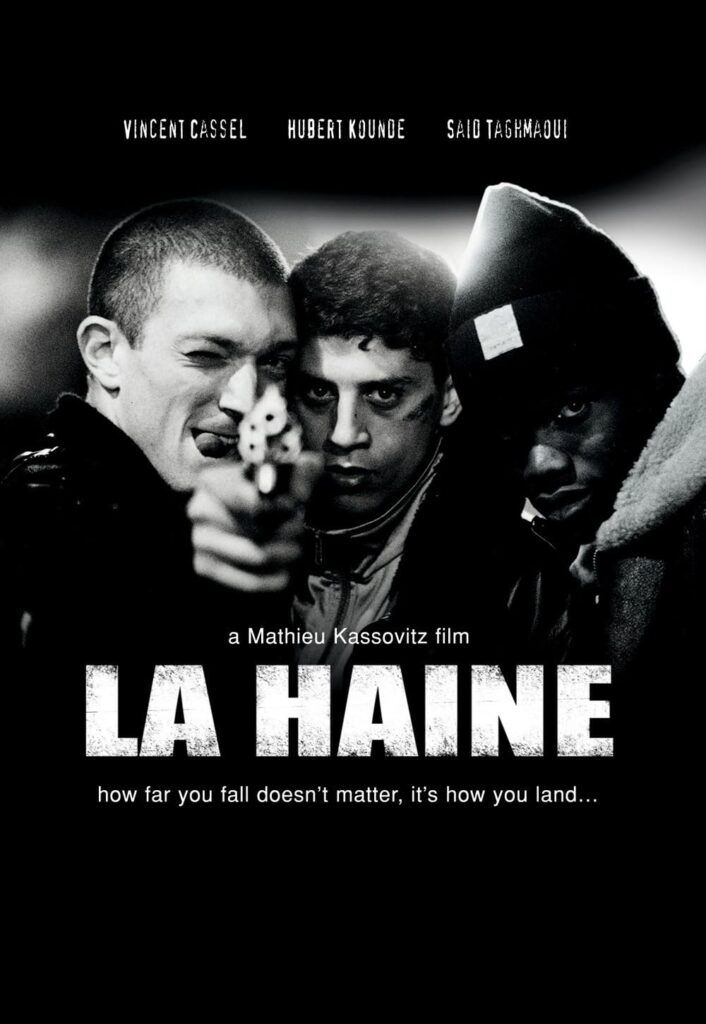
Mathieu Kassovitz’s La Haine stands as one of the most powerful and socially relevant films in modern French cinema. Set in the gritty suburbs of Paris, it follows three young men, Vinz, Saïd, and Hubert, as they navigate life in a volatile, poverty-stricken environment. The film’s unflinching portrayal of police brutality, urban decay, and racial tension captures the struggles faced by marginalized communities in France. La Haine is often credited with sparking a national conversation about the issues of inequality and violence in French society, particularly among the youth in the banlieues.
What makes La Haine even more remarkable is its stark visual style. The black-and-white cinematography enhances the film’s gritty realism and sense of urgency, making every shot feel heavy with significance. Kassovitz’s use of long takes and tightly framed shots further intensifies the feeling of confinement and hopelessness that permeates the characters’ lives. The film’s impact extended beyond France, resonating with audiences worldwide, especially in urban centers facing similar issues of class, race, and violence. La Haine remains a vital piece of French cinema, revered for both its social commentary and technical achievements.
The Pianist (2002) – Roman Polanski
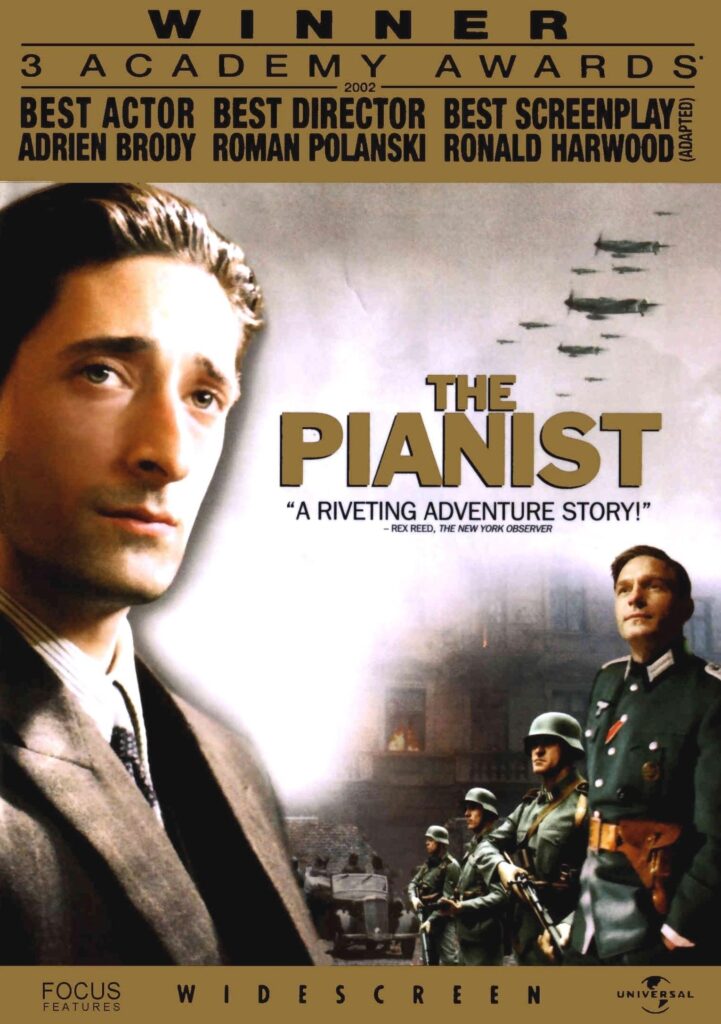
Roman Polanski’s The Pianist is an emotionally powerful film that tells the true story of Władysław Szpilman, a Jewish pianist who survives the Holocaust in Nazi-occupied Warsaw. Polanski, a survivor of the Holocaust himself, brings an intimate and harrowing perspective to this story, balancing the personal with the historical. The film’s sparse dialogue and meticulous cinematography make it a masterclass in visual storytelling, while Adrien Brody’s award-winning performance as Szpilman brings emotional depth to a character whose resilience and survival are both awe-inspiring and heartbreaking.
The film’s unflinching depiction of wartime atrocities and the devastation caused by the Nazi regime is made even more poignant by the way Polanski frames the action. Through Szpilman’s isolation, the audience experiences the horrors of war from a deeply human perspective, with moments of beauty and hope amidst the despair. The Pianist earned worldwide acclaim, winning multiple awards, including the Palme d’Or at Cannes, and it remains one of the most significant films about the Holocaust, capturing both the personal and collective dimensions of tragedy.
Blue Is the Warmest Color (2013) – Abdellatif Kechiche
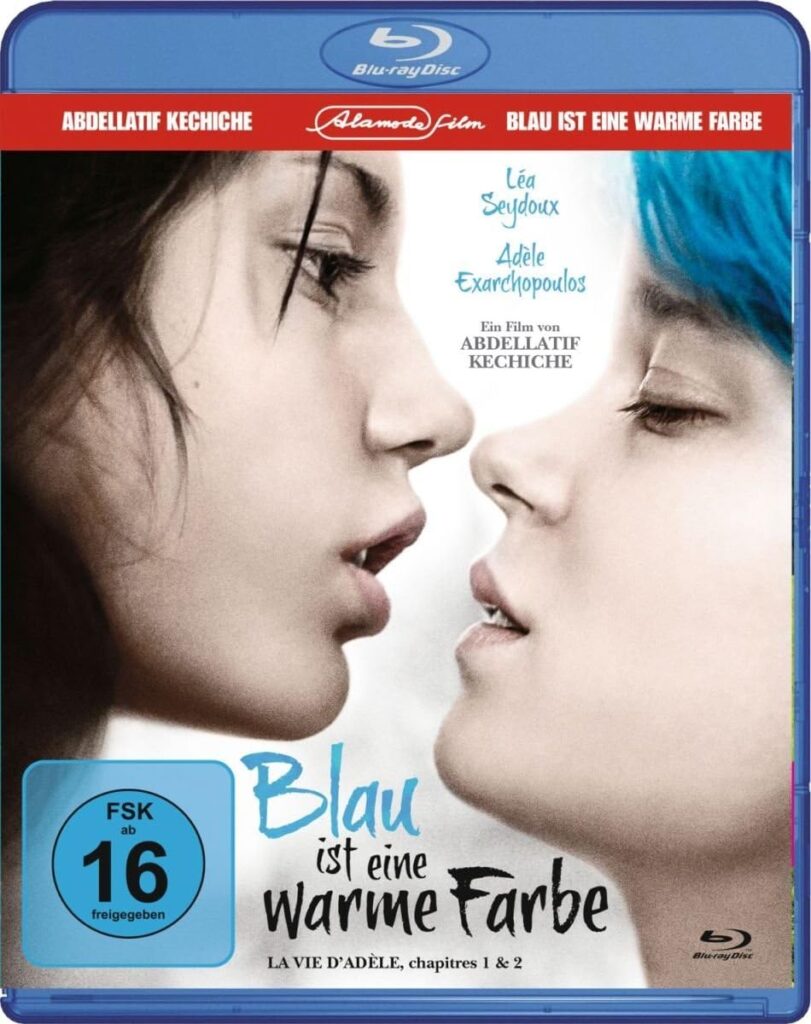
Abdellatif Kechiche’s Blue Is the Warmest Color explores the complexities of love and identity through the relationship between two young women, Adèle and Emma. The film’s intimate portrayal of their evolving relationship, from first love to heartbreak, is both tender and raw. Kechiche’s direction allows the actors, especially Léa Seydoux and Adèle Exarchopoulos, to give performances that feel incredibly personal and authentic. The film’s exploration of sexual identity, societal expectations, and the emotional intensity of love resonated deeply with audiences, earning it the Palme d’Or at Cannes.
What truly distinguishes Blue Is the Warmest Color is its unfiltered approach to sexuality and relationships, offering a portrayal that feels both universal and deeply individual. The film’s candidness and willingness to embrace vulnerability make it a landmark work in LGBTQ+ cinema. While the long, intimate scenes have garnered some debate, they add a level of emotional depth and realism that has made the film a touchstone in modern romantic drama.
The Intouchables (2011) – Olivier Nakache and Éric Toledano
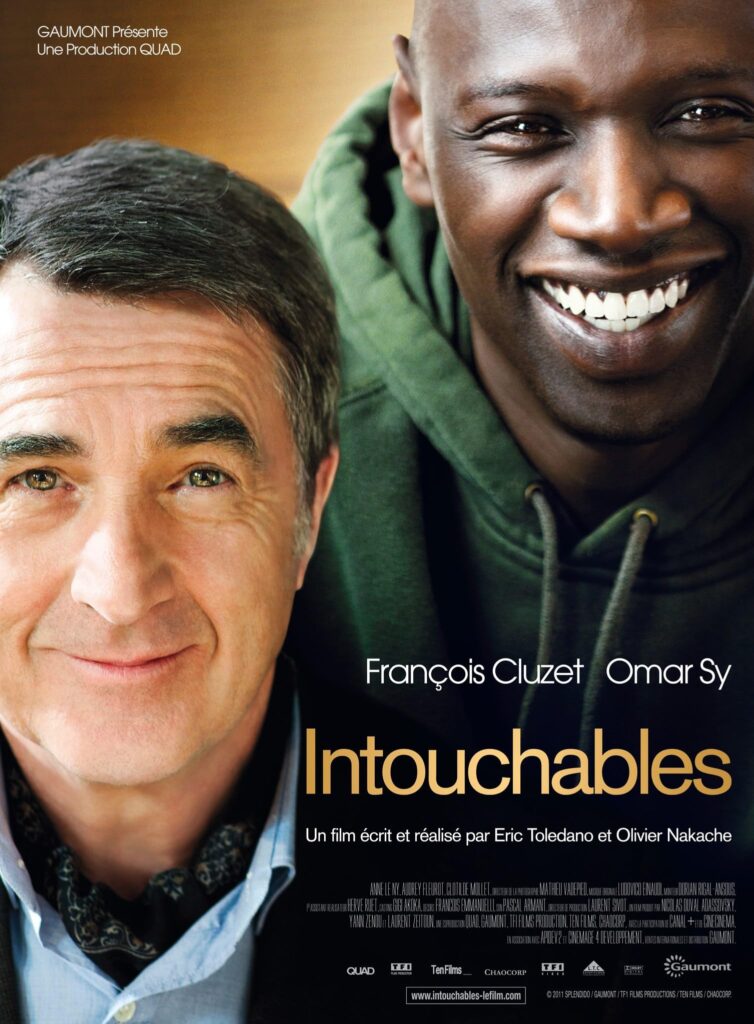
The Intouchables tells the heartwarming and improbable story of an aristocratic quadriplegic, Philippe, who forms an unlikely bond with his caregiver, Driss, a young man from the Parisian projects. The film’s charm lies in its portrayal of the deep friendship that develops between the two men, transcending class, race, and disability. Omar Sy’s performance as Driss earned him widespread acclaim, and his comedic timing, paired with François Cluzet’s more reserved performance as Philippe, created a perfect balance of humor and emotion.
The film’s success was not just critical but also commercial, making it one of the highest-grossing French films of all time. What makes The Intouchables so appealing is its universal themes of empathy, friendship, and personal growth. Despite the challenges both men face, their relationship is marked by moments of joy and lightness, making it an uplifting and memorable film. Its success has inspired international remakes and solidified its place as a modern French cinema classic.
The Artist (2011) – Michel Hazanavicius
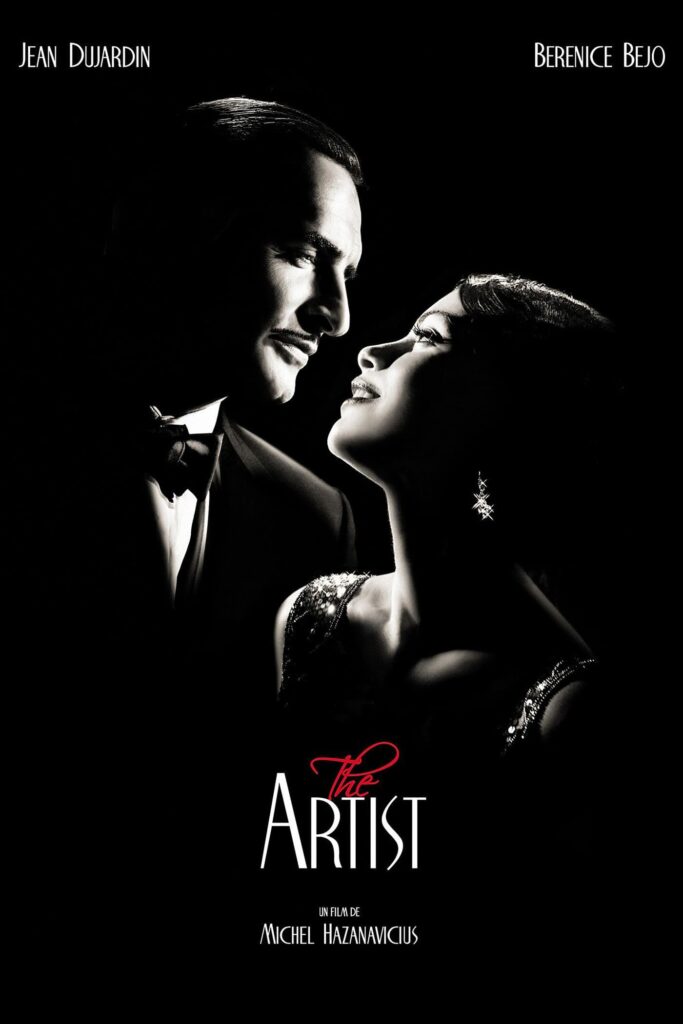
The Artist is a charming and nostalgic tribute to the silent film era. Directed by Michel Hazanavicius, it tells the story of George Valentin, a silent film star struggling to adapt to the advent of sound cinema in the late 1920s. What makes this film so remarkable is its decision to be shot entirely in black and white and as a silent film, which harkens back to the golden age of Hollywood. Jean Dujardin’s performance as George is both comedic and heart-wrenching, earning him the Academy Award for Best Actor.
The film’s success lies in its ability to capture the magic and melancholia of early cinema while also bringing a modern sensibility to the story. The Artist not only won critical acclaim but also introduced younger audiences to the lost art of silent filmmaking. It went on to win several awards, including five Academy Awards, making it a significant achievement in contemporary French cinema. The film’s universal appeal demonstrates the enduring power of silent cinema’s storytelling techniques.
The Diving Bell and the Butterfly (2007) – Julian Schnabel
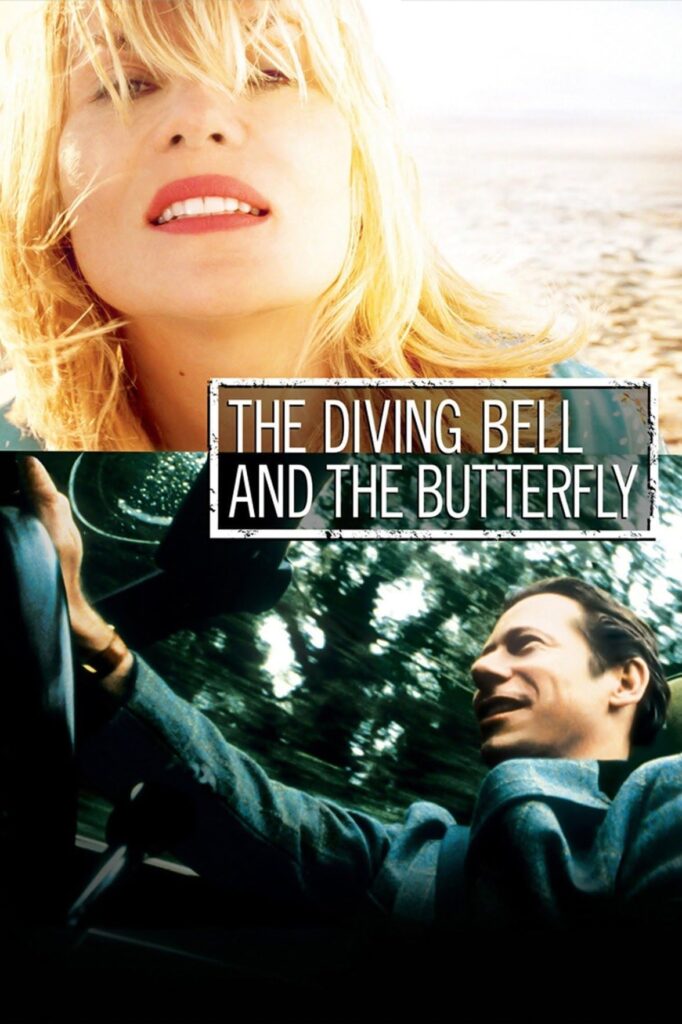
Based on the memoir of Jean-Dominique Bauby, The Diving Bell and the Butterfly tells the inspiring story of a man who, after suffering a stroke, is left with “locked-in syndrome,” able to move only his left eyelid. Directed by Julian Schnabel, the film uses a combination of unique cinematography and perspective to immerse the audience in Bauby’s limited world. The use of subjective shots, where the audience sees what Bauby sees, conveys his isolation and struggle while also highlighting the beauty of his internal world. Mathieu Amalric’s portrayal of Bauby is deeply moving, capturing the frustration, yearning, and small joys of life from the perspective of someone unable to communicate verbally.
Schnabel’s ability to translate Bauby’s harrowing story into a cinematic experience makes the film an exceptional achievement. The Diving Bell and the Butterfly is not just a story of personal struggle but also a tribute to human resilience. The film was widely praised for its emotional depth and innovative filmmaking, and it won several awards, including a Golden Globe for Best Foreign Language Film.
La Vie en Rose (2007) – Olivier Dahan
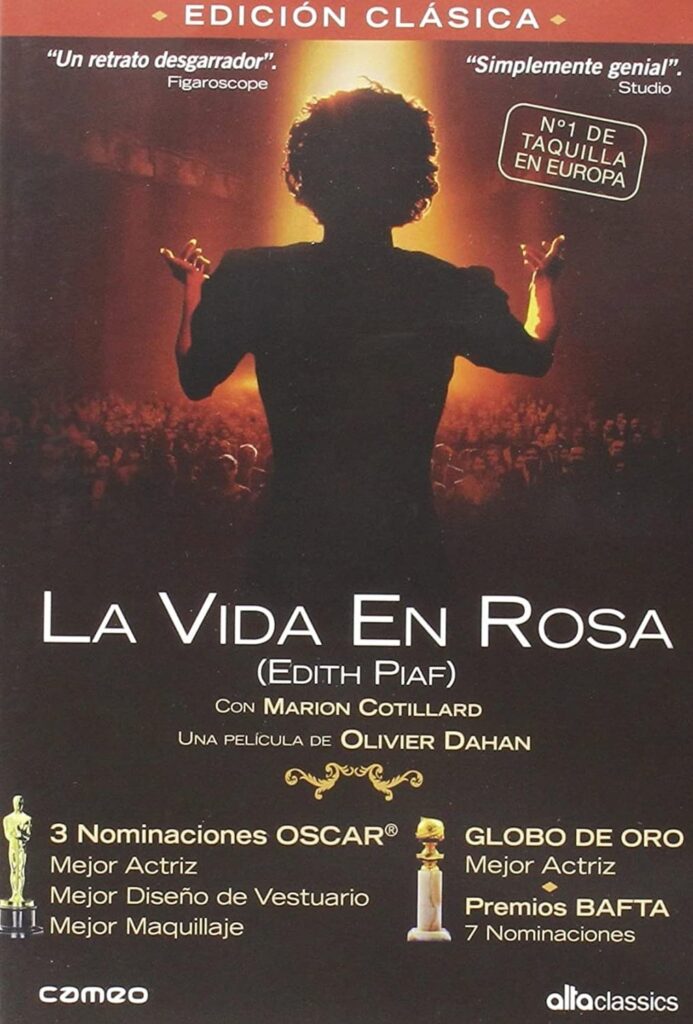
La Vie en Rose is a biographical film about the legendary French singer Édith Piaf, portrayed by Marion Cotillard in a performance that would earn her an Academy Award for Best Actress. The film delves into Piaf’s tumultuous life, from her impoverished childhood to her rise to international stardom and her struggles with love and addiction. Dahan’s direction weaves Piaf’s personal and professional challenges together in a nonlinear fashion, mirroring the chaotic and passionate nature of Piaf’s own existence.
Cotillard’s transformative performance is the heart of the film, capturing both the vulnerable and fierce aspects of Piaf’s character. La Vie en Rose is a stunning portrait of an icon, and its ability to blend music, drama, and biography made it a worldwide success. The film’s cinematography, which mirrors Piaf’s internal emotional state, further immerses the audience in her tumultuous life. The film’s critical acclaim and Cotillard’s Oscar win solidified it as one of the standout French films of the early 21st century.
This article originally appeared on Avocadu.
